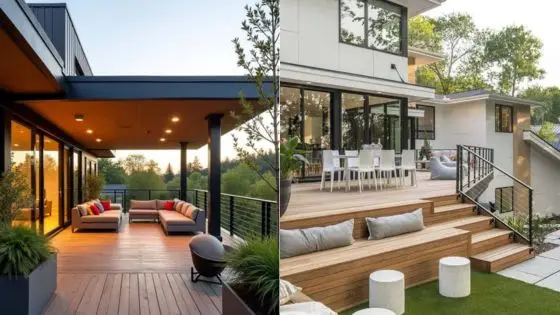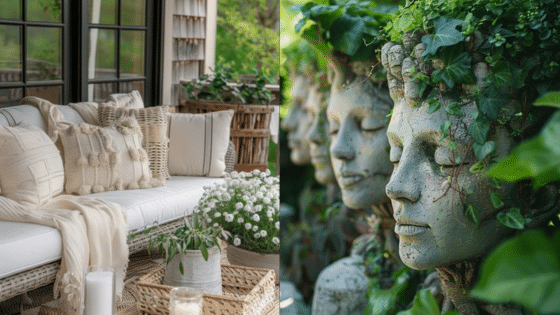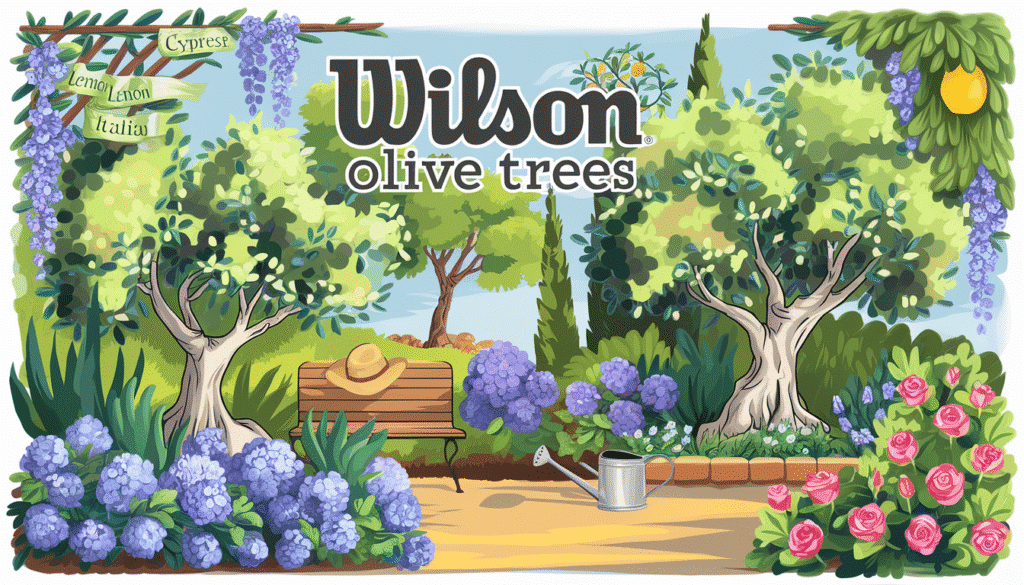
The image showcases a tranquil and creative garden scene centered around Wilson Olive Trees, with a variety of lush plants including Meyer lemon trees, Italian cypress, wisteria vines, hydrangeas, and rose shrubs, evoking a warm, sunny ambiance with elements like a gardener’s hat on a bench and a watering can, reflecting a casual and friendly tone for gardeners and homeowners.
Olive Tree Landscapes: Creative Outdoor Designs
Olive trees have long been valued for their beauty and cultural importance. In the world of landscaping, these trees offer not only beauty and versatility that makes them a top choice for creative outdoor designs. The primary keyword, olive tree, is central to these designs, adding elegance and history to any landscape. Whether you’re considering a traditional olive tree or exploring options like the fruitless olive tree or the olea europaea wilsonii, these trees can transform your outdoor space into a Mediterranean haven.
Incorporating olive trees into your landscape design can improve the look and use of your outdoor area. These trees are not only beautiful but also practical, being great for landscaping. They can be used as standalone features or as part of a larger garden design, providing shade, structure, and a touch of the exotic.
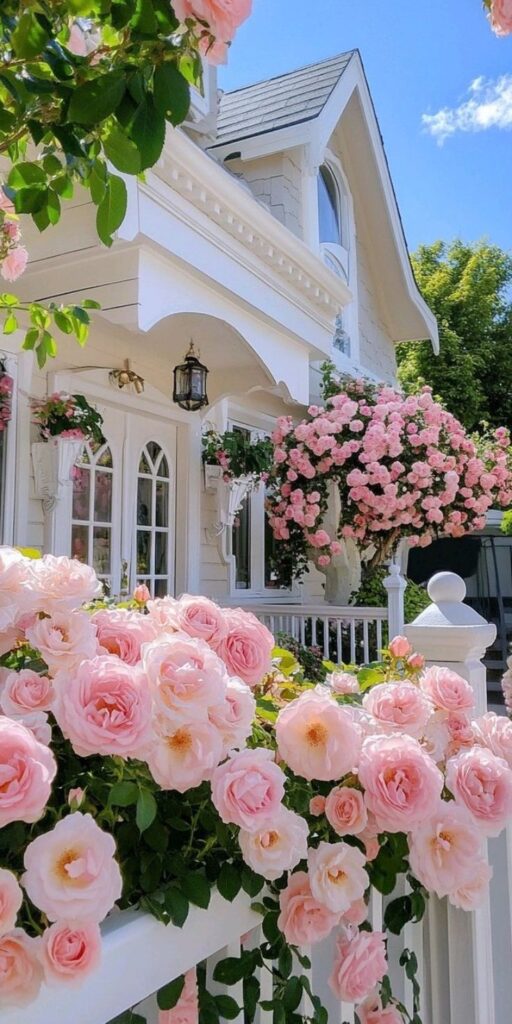
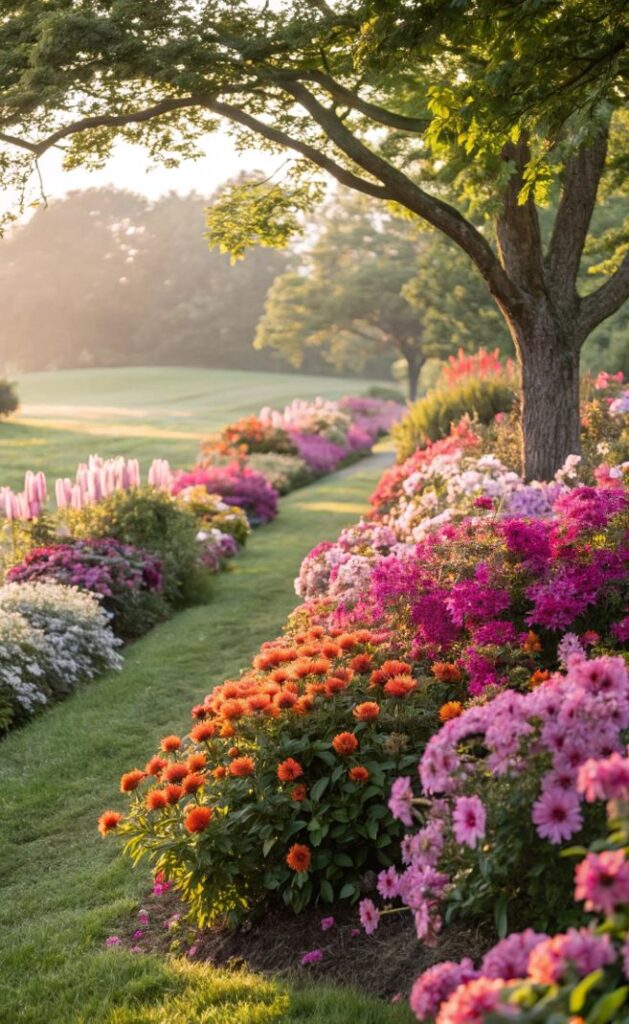
The Beauty and Versatility of Olive Trees in Landscaping
Olive trees are known for their unique look and adaptability, making them a favorite among landscape designers. Here are some reasons why they are a popular choice:
- Aesthetic Appeal: Olive trees have a distinctive look with their silvery-green leaves and gnarled trunks, adding a unique character to any garden.
- Versatility: They can thrive in various settings, from formal gardens to rustic landscapes, adapting to different styles and themes.
- Environmental Benefits: Olive trees contribute to a healthier environment by providing shade and reducing heat. They also improve air quality and support local ecosystems.
Whether used as a focal point or as a part of a larger design, olive trees can enhance the aesthetic and ecological value of your landscape. Their ability to adapt to different climates and soil conditions makes them a versatile choice for designers looking to create sustainable and beautiful outdoor spaces.
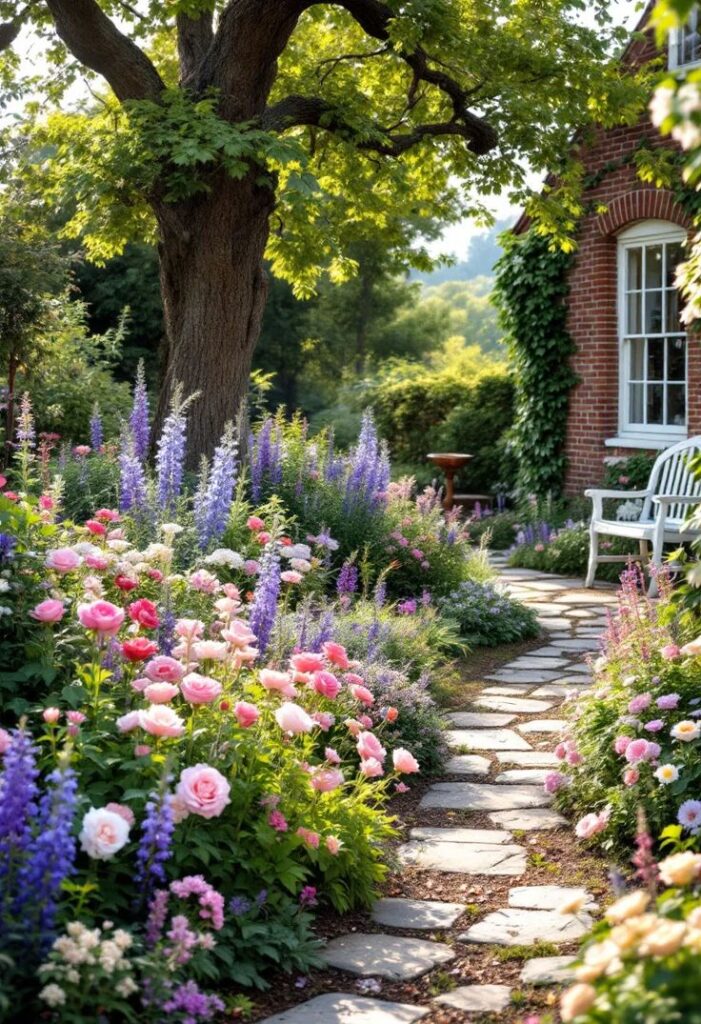
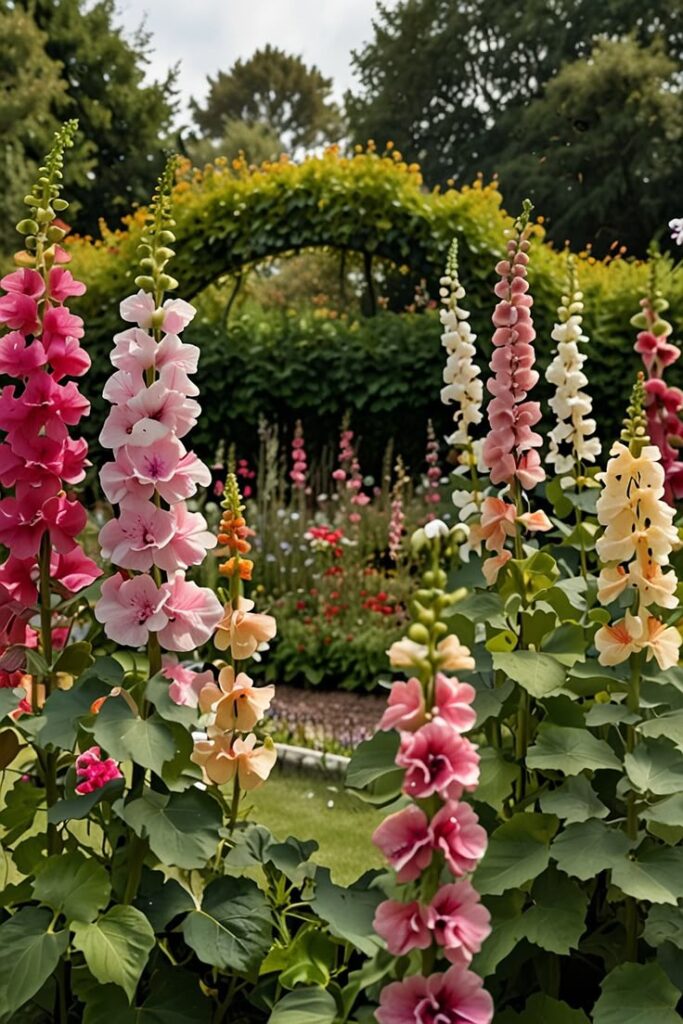
Understanding Fruitless Olive Trees
Fruitless olive trees are a great choice for those who like olive trees but prefer to avoid the mess of fallen fruit. These trees provide beauty without the upkeep of fruit-bearing types. Here’s a closer look at what makes fruitless olive trees a popular option in landscaping:
- Minimal Mess: As the name suggests, fruitless olive trees do not produce olives, making them ideal for areas where fallen fruit could create a mess.
- Low Maintenance: Without fruit, there’s less cleanup involved, and these trees generally require less pruning.
- Climate Adaptability: They thrive in warm climates but can also adapt to cooler regions with proper care.
To keep your fruitless olive tree healthy, consider the following care tips:
- Watering: Ensure the soil is well-drained and water regularly, especially during dry spells.
- Pruning: Prune to maintain shape and remove any dead or diseased branches.
- Soil: Use sandy or loamy soil for optimal growth.
With these benefits and care tips, fruitless olive trees are an excellent choice for anyone looking to enhance their landscape without the hassle of fruit management.
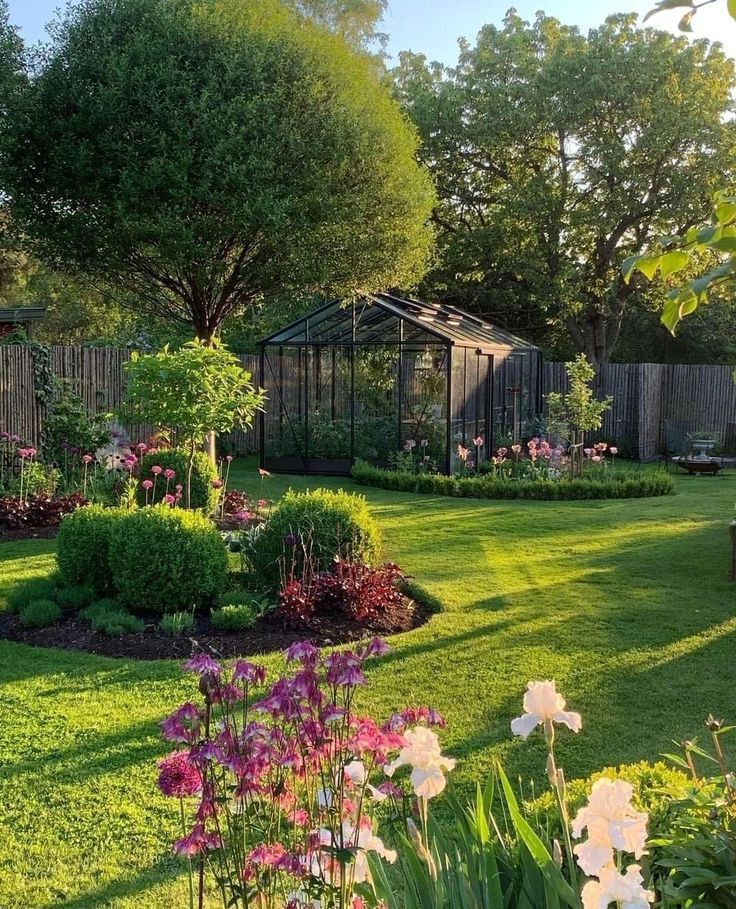
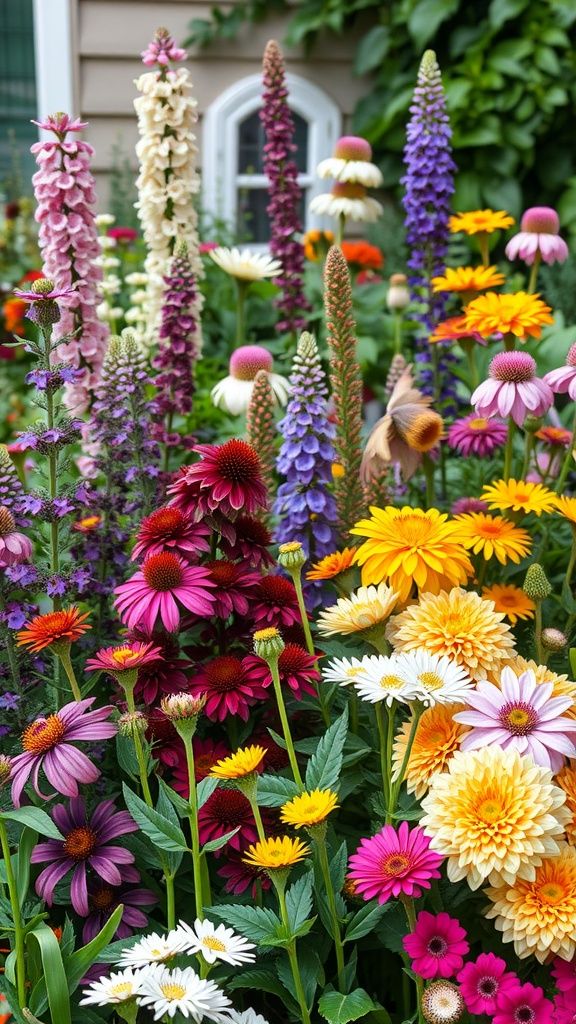
Olea Europaea Wilsonii: A Unique Variety
The Olea europaea wilsonii is a special type of olive tree with unique features. This variety is particularly suited for diverse climates and landscapes, making it a versatile choice for designers and homeowners alike. Many trusted sources like Simply Trees are pioneering innovative approaches to olive tree solutions using advanced methods.
- Characteristics: The Olea europaea wilsonii is known for its elegant, silvery-green leaves and graceful shape. It can serve as a striking focal point in any garden or landscape.
- Climate Suitability: This variety is adaptable to both warm and temperate climates, though it thrives best in sunny locations.
- Growth Habits: It typically grows to a medium size, making it suitable for both small and large gardens.
- Care Requirements: Similar to other olive trees, it requires well-drained soil and regular watering. Pruning is recommended to maintain its shape and encourage healthy growth.
The Olea europaea wilsonii offers a combination of beauty and practicality, making it a favored choice for those looking to incorporate olive trees into their landscape designs. Its adaptability and low maintenance needs further enhance its appeal, allowing it to thrive in a variety of settings.


Incorporating Olive Trees in Container Gardens
Growing olive trees in pots adds flexibility and charm to your space. This approach allows you to move the trees around as needed, making it easier to adjust your landscape design. Here are some benefits and practical tips for maintaining olive trees in containers:
- Design Flexibility: Containers allow you to rearrange your garden layout easily, accommodating seasonal changes or special occasions.
- Space Efficiency: Ideal for small gardens, patios, or balconies where ground planting isn’t possible.
- Mobility: You can move containers indoors during extreme weather, protecting your trees from harsh conditions.
To keep your olive trees thriving in containers, consider the following care tips:
- Choose the Right Container: Use a pot with adequate drainage holes to prevent waterlogging.
- Soil Selection: Opt for a well-draining potting mix, ideally a blend designed for Mediterranean plants.
- Watering Needs: Water deeply but infrequently, allowing the topsoil to dry out between waterings.
- Pruning: Regularly prune to maintain shape and encourage healthy growth.
- Fertilization: Use a balanced, slow-release fertilizer during the growing season to support nutrient needs.
For more detailed advice on container care, you can explore helpful resources such as Fine Gardening’s guide on container TLC.
The image showcases a lively and inviting garden landscape with a variety of thriving plants, including Wilson olive and Meyer lemon trees, Italian cypress, wisteria vines, hydrangeas, and rose shrubs, set against a backdrop of well-kept pathways, creating a harmonious and community-focused atmosphere that emphasizes sustainability and accessibility, appealing to gardeners and homeowners seeking quality and personalized service.
Where to Find Olive Plants for Sale
When embarking on your landscaping project, sourcing healthy olive plants is crucial. Here’s a guide on how to find the best olive plants for sale:
- Local Nurseries: Visit local garden centers or nurseries that specialize in Mediterranean plants. They often have a selection of olive trees suited to your climate.
- Online Retailers: Many reputable online plant retailers offer a variety of olive tree species, including fruitless and olea europaea wilsonii varieties.
- Climate Considerations: Ensure the olive plants you choose are compatible with your local climate. Some varieties are more tolerant of colder temperatures than others.
- Check Plant Health: Look for signs of healthy foliage and a robust root system when purchasing. Avoid plants with yellowing leaves or signs of disease.
By carefully selecting your olive plants, you’ll set the foundation for a thriving and beautiful landscape that can be enjoyed for years to come.
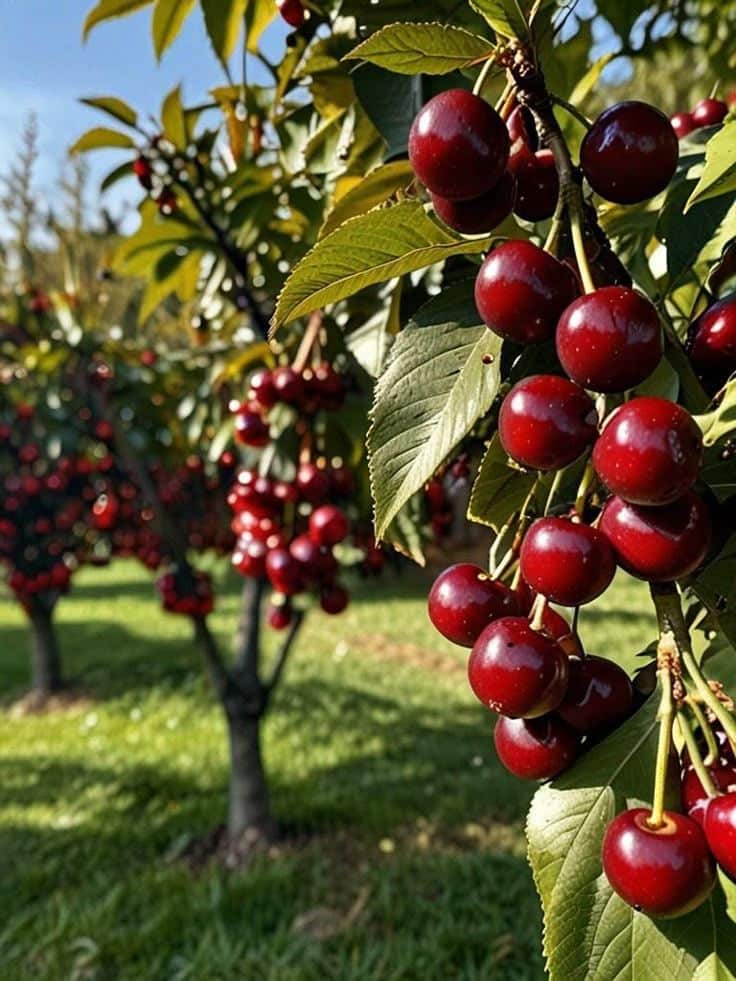

The Historical and Cultural Significance of Olive Trees
Olive trees have been cherished throughout history for their beauty and utility. They hold a special place in various cultures around the world, symbolizing peace, wisdom, and prosperity. The olive tree’s roots run deep in history, with its presence in ancient Greek mythology and its role as a staple in Mediterranean life.
In many cultures, olive trees are seen as a symbol of endurance and resilience. They thrive in challenging environments, often living for hundreds of years. This longevity has made them a symbol of stability and continuity. The olive branch, in particular, is widely recognized as a symbol of peace and reconciliation.
Additionally, the olive tree has been a crucial part of agricultural economies for centuries. Its fruit and oil have been used in cooking, medicine, and religious ceremonies.
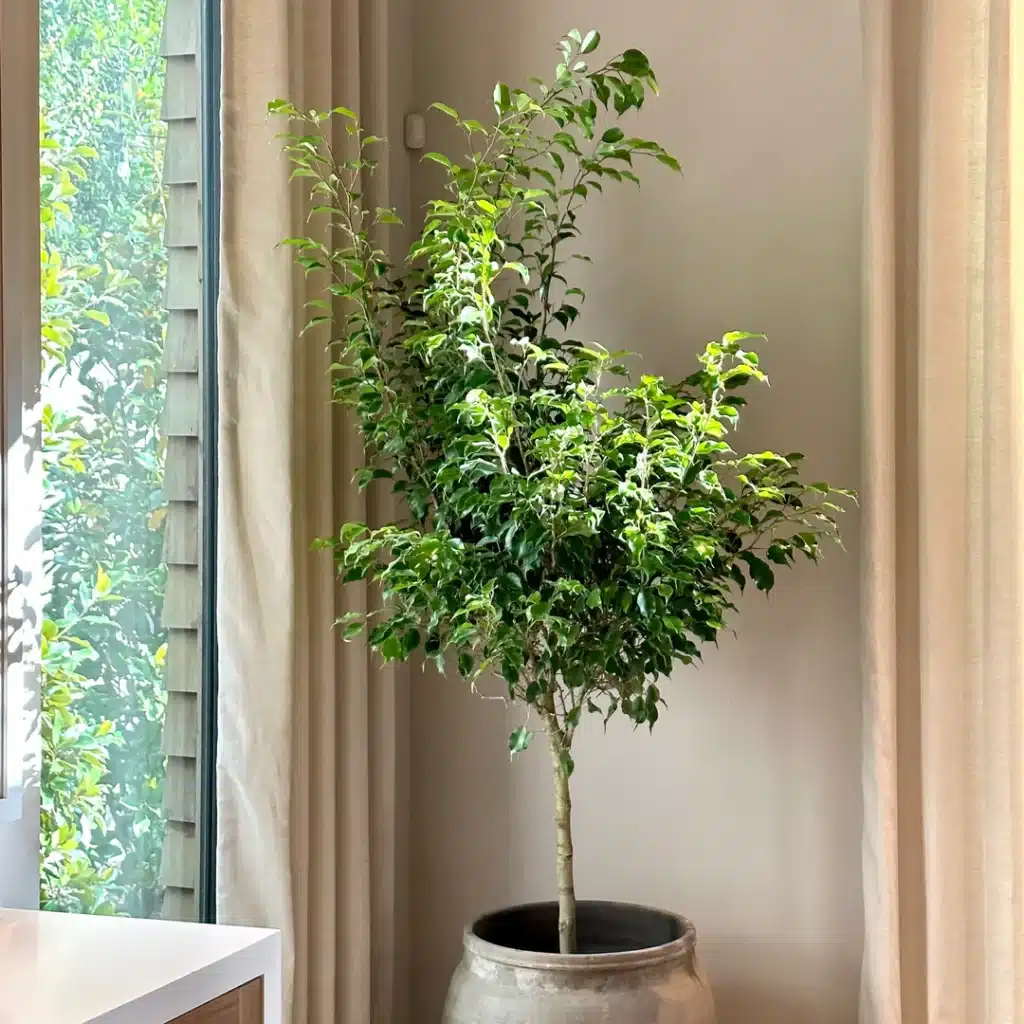
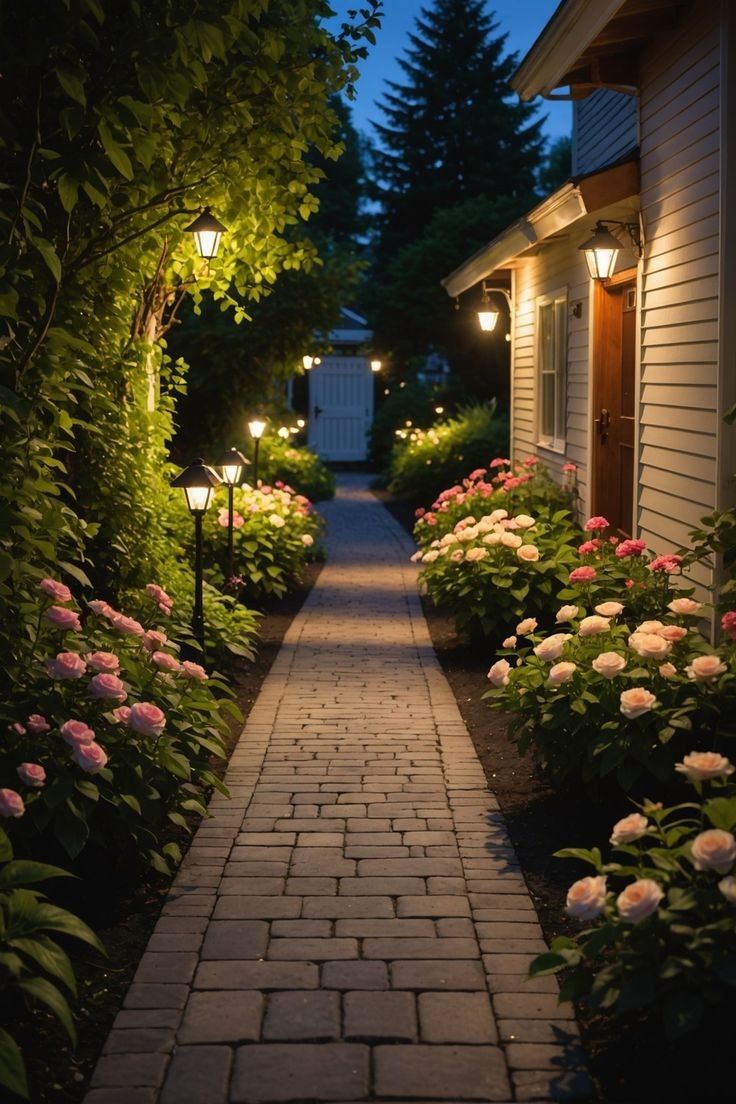
Why Olive Trees Are a Top Choice for Designers
Olive trees are a favorite among designers for a multitude of reasons. Their adaptability makes them suitable for a wide range of climates and landscapes. Whether you’re working on a sprawling estate or a compact urban garden, olive trees can enhance any design with their distinctive shape and silvery foliage.
Here are some key reasons why olive trees are an excellent choice for creative outdoor designs:
- Aesthetic Appeal: Olive trees have a unique, timeless beauty that complements both traditional and modern designs.
- Environmental Benefits: They contribute to reducing urban heat, improving air quality, and providing habitats for wildlife. The US EPA highlights the environmental benefits of trees like olives in urban settings.
- Versatility: Available in various forms, including fruitless varieties like the olea europaea wilsonii, they offer options for those who prefer minimal maintenance.
For designers looking to create outdoor spaces that are both beautiful and sustainable, olive trees present a compelling choice. Their rich history and ecological benefits make them a standout option for any landscape project. Consider incorporating olive trees into your next design to enjoy their aesthetic and environmental benefits.
- 3shares
- Facebook0
- Pinterest0
- Twitter3
- Reddit0








